Home>Gardening & Outdoor>Pool & Spa Care>What Chemicals Should I Use In My Inflatable Hot Tub
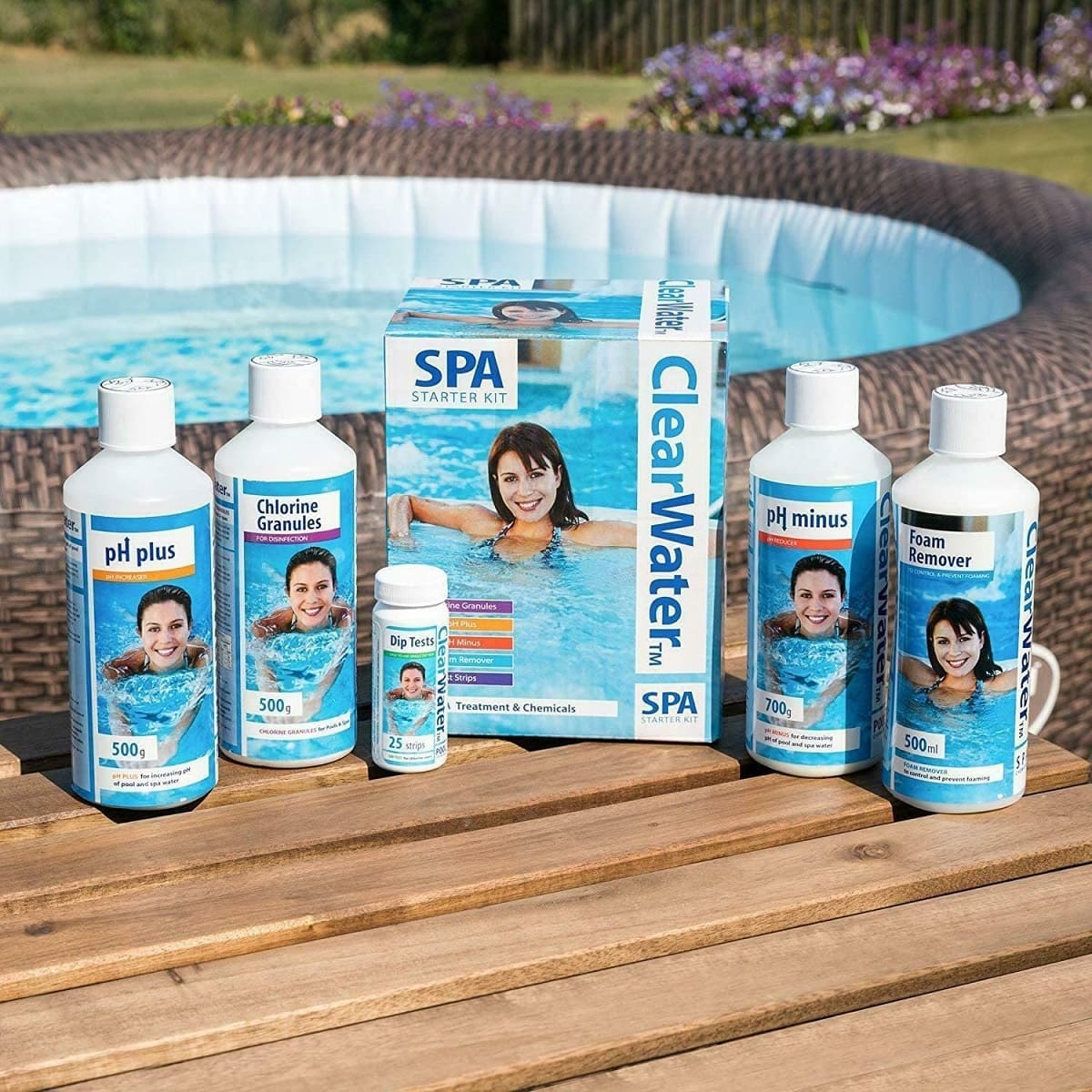

Pool & Spa Care
What Chemicals Should I Use In My Inflatable Hot Tub
Modified: January 3, 2024
Discover the best chemicals for pool and spa care in your inflatable hot tub. Find out which chemicals are essential for maintaining water quality and safety.
(Many of the links in this article redirect to a specific reviewed product. Your purchase of these products through affiliate links helps to generate commission for Storables.com, at no extra cost. Learn more)
Introduction
Owning an inflatable hot tub offers a convenient and enjoyable way to unwind and relax in the comfort of your own home. However, maintaining the cleanliness and hygiene of your inflatable hot tub is crucial for ensuring a safe and enjoyable experience. This is where the use of chemicals comes into play. In this article, we will explore the importance of using chemicals in inflatable hot tubs, the common types of chemicals used, how to choose the right ones, and the best practices for their application. Whether you're a first-time hot tub owner or looking to enhance your maintenance routine, understanding the role of chemicals is essential for the longevity and performance of your inflatable hot tub.
Maintaining the water quality in your inflatable hot tub is vital for several reasons. Not only does it ensure a pleasant and safe soaking experience, but it also helps to protect the hot tub's components and prolong its lifespan. By incorporating the right chemicals into your maintenance regimen, you can effectively manage pH levels, prevent bacterial growth, and keep the water crystal clear. With the proper use of chemicals, you can create an inviting and hygienic environment for soaking, all while safeguarding the integrity of your inflatable hot tub.
In the following sections, we will delve into the specific benefits of using chemicals in inflatable hot tubs, the common types of chemicals utilized, how to select the most suitable options, and the essential safety measures to consider. By the end of this article, you will have a comprehensive understanding of the role that chemicals play in maintaining the water quality of your inflatable hot tub, empowering you to make informed decisions and confidently manage its upkeep. Let's embark on this journey to discover the key factors that contribute to a pristine and enjoyable hot tub experience.
Key Takeaways:
- Proper use of chemicals in your inflatable hot tub ensures clean, safe, and inviting water for a relaxing experience, while also protecting the hot tub’s components and promoting longevity.
- By carefully choosing and applying chemicals, you can create a comfortable and enjoyable hot tub environment, ensuring a worry-free and rejuvenating experience for you and your guests.
Benefits of Using Chemicals in Inflatable Hot Tubs
Using chemicals in your inflatable hot tub offers a multitude of benefits that contribute to the overall enjoyment, cleanliness, and longevity of the unit. Here are some key advantages of incorporating chemicals into your hot tub maintenance routine:
- Water Sanitization: One of the primary benefits of using chemicals in inflatable hot tubs is the ability to effectively sanitize the water. By utilizing sanitizing agents such as chlorine or bromine, you can eliminate harmful bacteria and contaminants, ensuring that the water remains safe and hygienic for soaking.
- pH Balance: Proper pH balance is essential for preserving the integrity of the hot tub components and promoting bather comfort. Chemicals such as pH increasers and decreasers help to maintain the ideal pH level, preventing corrosion of the tub and minimizing skin and eye irritation for bathers.
- Algae Prevention: Algae growth can quickly compromise the clarity and cleanliness of hot tub water. By using algaecides, you can effectively prevent the formation of algae, keeping the water free from unsightly green discoloration and maintaining its pristine appearance.
- Water Clarity: Chemical treatments play a crucial role in ensuring that the water in your inflatable hot tub remains clear and inviting. Clarifiers and flocculants help to remove suspended particles and impurities, enhancing water clarity and creating a visually appealing environment for relaxation.
- Equipment Protection: Properly balanced water, achieved through the use of chemicals, helps to safeguard the hot tub’s equipment and plumbing. By preventing scale buildup and corrosion, you can extend the lifespan of vital components, such as the pump, heater, and filters, saving on maintenance costs in the long run.
- Enhanced Comfort: By maintaining clean and balanced water, chemicals contribute to a more comfortable and enjoyable soaking experience. Bathers can relax with peace of mind, knowing that the water is free from harmful microorganisms and irritants, allowing them to fully reap the therapeutic benefits of hot tub hydrotherapy.
These benefits underscore the importance of incorporating the right chemicals into your inflatable hot tub maintenance routine. By leveraging the power of these chemical treatments, you can create a safe, inviting, and rejuvenating environment for yourself and your guests, ensuring that your hot tub remains a source of relaxation and well-being for years to come.
Common Chemicals Used in Inflatable Hot Tubs
When it comes to maintaining the water quality in your inflatable hot tub, several common chemicals play a vital role in achieving optimal cleanliness, hygiene, and comfort. Understanding the purpose of each chemical and how it contributes to the overall maintenance of your hot tub is essential for effective water management. Here are some of the most commonly used chemicals in inflatable hot tub care:
- Chlorine: Chlorine is perhaps the most well-known and widely used chemical for hot tub sanitation. It effectively eliminates bacteria, algae, and other contaminants, keeping the water safe and clean for bathers. Chlorine is available in various forms, including granules, tablets, and liquid, offering flexibility in application and dosage.
- Bromine: Bromine is another popular sanitizer used in hot tub maintenance. It shares similar properties with chlorine but is known for being more stable in higher temperatures, making it an ideal choice for hot water environments. Bromine is available in tablet form and provides reliable protection against harmful microorganisms.
- pH Increasers and Decreasers: Maintaining the proper pH balance is crucial for water clarity and bather comfort. pH increasers are used to raise the pH level, while pH decreasers are employed to lower it. By keeping the pH within the recommended range, typically between 7.2 and 7.8, you can prevent equipment damage and ensure a comfortable soaking experience.
- Alkalinity Adjusters: Alkalinity levels directly impact the stability of pH in hot tub water. Alkalinity adjusters help to maintain the appropriate alkalinity range, typically between 80 and 120 parts per million (ppm), promoting pH stability and preventing rapid fluctuations that can lead to water imbalances.
- Calcium Hardness Increasers and Decreases: Calcium hardness refers to the concentration of calcium ions in the water. Adjusting calcium hardness levels is essential for preventing scale formation and corrosion in the hot tub. Increasers and decreasers allow you to maintain the recommended calcium hardness range, typically between 150 and 250 ppm.
- Shock Treatments: Shock treatments, also known as oxidizers, are used to rapidly eliminate organic contaminants and restore water clarity. These powerful treatments help to break down organic matter, such as sweat, oils, and cosmetics, ensuring that the water remains fresh and free from unpleasant odors.
- Water Clarifiers and Flocculants: Clarifiers and flocculants are employed to improve water clarity by causing suspended particles to clump together, making it easier for the filtration system to remove them. These chemicals are particularly useful for addressing cloudy water and enhancing the visual appeal of the hot tub.
By familiarizing yourself with these common chemicals and their respective functions, you can effectively manage the water quality in your inflatable hot tub, creating a clean, safe, and inviting environment for relaxation and rejuvenation.
Choosing the Right Chemicals for Your Inflatable Hot Tub
When it comes to selecting the appropriate chemicals for your inflatable hot tub, several factors should be considered to ensure effective water maintenance and a pleasant soaking experience. By understanding the specific needs of your hot tub and the characteristics of different chemical treatments, you can make informed choices that promote water cleanliness, bather comfort, and equipment longevity. Here are essential considerations for choosing the right chemicals for your inflatable hot tub:
- Water Testing: Before selecting chemicals, it’s crucial to test the water in your hot tub to assess its pH, alkalinity, sanitizer levels, and overall water balance. Test strips or liquid test kits can provide accurate readings, allowing you to identify any imbalances or deficiencies that need to be addressed with specific chemical treatments.
- Hot Tub Size and Capacity: The size and water capacity of your inflatable hot tub will influence the dosage and frequency of chemical application. Larger hot tubs require proportionally higher chemical doses to maintain proper water balance, while smaller tubs may necessitate more precise measurements to avoid over-treatment.
- Bather Load and Frequency: Consider the frequency and number of bathers using the hot tub, as this can impact the rate of sanitizer depletion and the accumulation of organic contaminants. Higher bather loads may require more frequent chemical treatments to uphold water quality and clarity.
- Environmental Factors: Environmental conditions, such as sunlight exposure, temperature fluctuations, and local water quality, can influence the chemical demands of your hot tub. For instance, hot tubs exposed to direct sunlight may require additional stabilizers to prevent rapid sanitizer breakdown, while areas with hard water may necessitate measures to manage calcium hardness levels.
- Chemical Compatibility: When selecting chemicals, it’s essential to consider their compatibility with one another. Some chemicals may interact negatively if combined, leading to reduced effectiveness or potential hazards. Understanding the chemical interactions and following manufacturer recommendations for product compatibility is crucial for safe and efficient water treatment.
- User Preferences and Sensitivities: Take into account the preferences and sensitivities of hot tub users when choosing chemicals. Some individuals may have skin sensitivities or allergies that influence the selection of sanitizers and water-balancing agents. Opting for gentler alternatives or hypoallergenic formulations can accommodate diverse user needs.
By carefully considering these factors and conducting regular water testing, you can tailor your chemical selection to the specific requirements of your inflatable hot tub, ensuring that the water remains clean, balanced, and conducive to a delightful soaking experience. Additionally, consulting with a pool and spa care professional can provide valuable insights and recommendations for selecting the most suitable chemicals based on your hot tub’s unique characteristics and usage patterns.
Always use chemicals specifically designed for inflatable hot tubs, such as chlorine or bromine for sanitizing, pH increaser or decreaser for balancing, and a scale and stain control product to prevent buildup. Always follow the manufacturer’s instructions for proper usage.
How to Use Chemicals in Your Inflatable Hot Tub
Effectively using chemicals in your inflatable hot tub is essential for maintaining water quality and ensuring a safe and enjoyable soaking experience. By following proper application methods and dosage guidelines, you can optimize the effectiveness of the chemicals while safeguarding the integrity of your hot tub and the well-being of its users. Here’s a step-by-step guide on how to use chemicals in your inflatable hot tub:
- Test the Water: Before adding any chemicals, use water test strips or a liquid test kit to assess the current levels of pH, sanitizer, alkalinity, and other key parameters. This initial testing provides a baseline for determining the specific chemical treatments needed to balance and sanitize the water.
- Adjust pH and Alkalinity: If the pH or alkalinity levels are outside the recommended range, use pH increasers or decreasers and alkalinity adjusters to bring them into the appropriate range. Follow the manufacturer’s instructions for the correct dosage based on your hot tub’s water capacity.
- Apply Sanitizers: Add the appropriate amount of chlorine or bromine based on the test results and the manufacturer’s recommendations. This typically involves dispersing the sanitizer directly into the hot tub water or using a floating dispenser for consistent distribution. Ensure that the sanitizer levels remain within the recommended range to effectively eliminate bacteria and contaminants.
- Address Calcium Hardness: If the calcium hardness level deviates from the optimal range, use calcium hardness increasers or decreasers to achieve the recommended concentration. Maintaining proper calcium hardness helps prevent scale formation and equipment damage in the hot tub.
- Shock Treatment: Periodically administer shock treatments to oxidize organic contaminants and restore water clarity. Follow the instructions on the shock treatment product to determine the appropriate dosage and frequency based on the hot tub’s usage patterns and environmental factors.
- Use Water Clarifiers and Flocculants: If the water appears cloudy or contains suspended particles, consider using water clarifiers or flocculants to enhance water clarity. These products help particles clump together, facilitating their removal by the filtration system and promoting a visually appealing hot tub environment.
- Regular Maintenance: Establish a consistent maintenance schedule for testing the water, adjusting chemical levels, and cleaning the hot tub. Regularly monitoring and treating the water ensures that the chemical balance remains optimal and that the hot tub is always ready for use.
It’s important to carefully follow the instructions provided by the chemical manufacturers and maintain accurate records of the chemical treatments applied to your hot tub. By adhering to proper usage guidelines and maintaining diligent oversight of the water chemistry, you can uphold a clean, balanced, and inviting environment in your inflatable hot tub, allowing you and your guests to indulge in a relaxing and hygienic soaking experience.
Safety Precautions When Using Chemicals in Inflatable Hot Tubs
While chemicals are essential for maintaining water quality in inflatable hot tubs, it’s crucial to prioritize safety when handling and applying these substances. Adhering to proper safety precautions not only protects your well-being and that of your fellow hot tub users but also ensures the effectiveness of the chemical treatments. Here are important safety measures to observe when using chemicals in your inflatable hot tub:
- Read and Follow Instructions: Always carefully read and adhere to the manufacturer’s instructions and usage guidelines provided with each chemical product. Pay close attention to recommended dosages, application methods, and safety precautions to prevent improper use and potential hazards.
- Wear Protective Gear: When handling chemicals, particularly concentrated formulations, wear appropriate protective gear, such as gloves and safety goggles, to shield your skin and eyes from potential irritation or contact with the substances. Additionally, avoid inhaling chemical fumes by using a mask or working in a well-ventilated area.
- Store Chemicals Safely: Store all hot tub chemicals in a cool, dry, and well-ventilated area, away from direct sunlight and moisture. Ensure that the containers are tightly sealed and kept out of reach of children and pets to prevent accidental exposure or ingestion.
- Avoid Mixing Chemicals: Refrain from mixing different types of chemicals unless explicitly instructed by the manufacturer. Combining incompatible chemicals can lead to hazardous reactions, reduced effectiveness, or the release of toxic fumes, posing a risk to both users and the hot tub equipment.
- Handle with Care: When adding chemicals to the hot tub water, do so with caution to prevent spills and splashes. Carefully measure the required dosage and disperse the chemicals evenly to avoid concentrated pockets that could lead to skin irritation upon contact.
- Keep Chemicals Separate from Food and Beverages: Maintain a clear distinction between hot tub chemicals and consumables, ensuring that they are stored and handled in separate areas to prevent accidental ingestion or contamination of food and beverages.
- Rinse Hands and Equipment: After handling chemicals, thoroughly rinse your hands with water and wash any equipment, such as measuring cups or scoops, to remove any residual chemical traces. This helps minimize the risk of accidental exposure and cross-contamination.
- Dispose of Chemical Waste Properly: When discarding empty chemical containers or expired products, follow local regulations for the safe disposal of hazardous waste. Avoid disposing of chemicals in regular household trash or down drains, as this can have adverse environmental implications.
By prioritizing safety and attentively following these precautions, you can mitigate potential risks associated with chemical use in your inflatable hot tub, fostering a secure and responsible approach to water maintenance. Additionally, educating all hot tub users about the importance of chemical safety and proper handling practices contributes to a collective commitment to a safe and enjoyable hot tub experience for everyone.
Conclusion
Maintaining the water quality of your inflatable hot tub through the use of chemicals is a fundamental aspect of responsible ownership and ensuring a delightful soaking experience. By leveraging the benefits of proper chemical treatments, hot tub owners can create a clean, safe, and inviting environment that promotes relaxation and well-being. From sanitizing the water and balancing pH levels to preventing algae growth and enhancing water clarity, the role of chemicals in inflatable hot tub care is indispensable for sustaining the longevity and performance of the unit.
Understanding the common chemicals used in hot tub maintenance, the considerations for selecting the right treatments, and the best practices for their application empowers hot tub owners to take proactive measures in managing water quality. By adhering to safety precautions and handling chemicals with care, owners can ensure the well-being of themselves and their guests while preserving the integrity of the hot tub and its components.
Ultimately, the conscientious use of chemicals in inflatable hot tub care contributes to a harmonious balance between water hygiene, user comfort, and equipment protection. By embracing a comprehensive approach to water maintenance and chemical management, hot tub owners can cultivate a welcoming oasis for relaxation, rejuvenation, and shared enjoyment with family and friends.
As you embark on your journey of hot tub ownership, remember that the diligent application of chemicals is not only a practical necessity but also a reflection of your commitment to creating a safe and pleasurable environment. By integrating the insights and practices outlined in this article into your hot tub maintenance routine, you can embark on a fulfilling and worry-free hot tub experience, knowing that your inflatable oasis is primed for endless moments of tranquility and indulgence.
Frequently Asked Questions about What Chemicals Should I Use In My Inflatable Hot Tub
Was this page helpful?
At Storables.com, we guarantee accurate and reliable information. Our content, validated by Expert Board Contributors, is crafted following stringent Editorial Policies. We're committed to providing you with well-researched, expert-backed insights for all your informational needs.
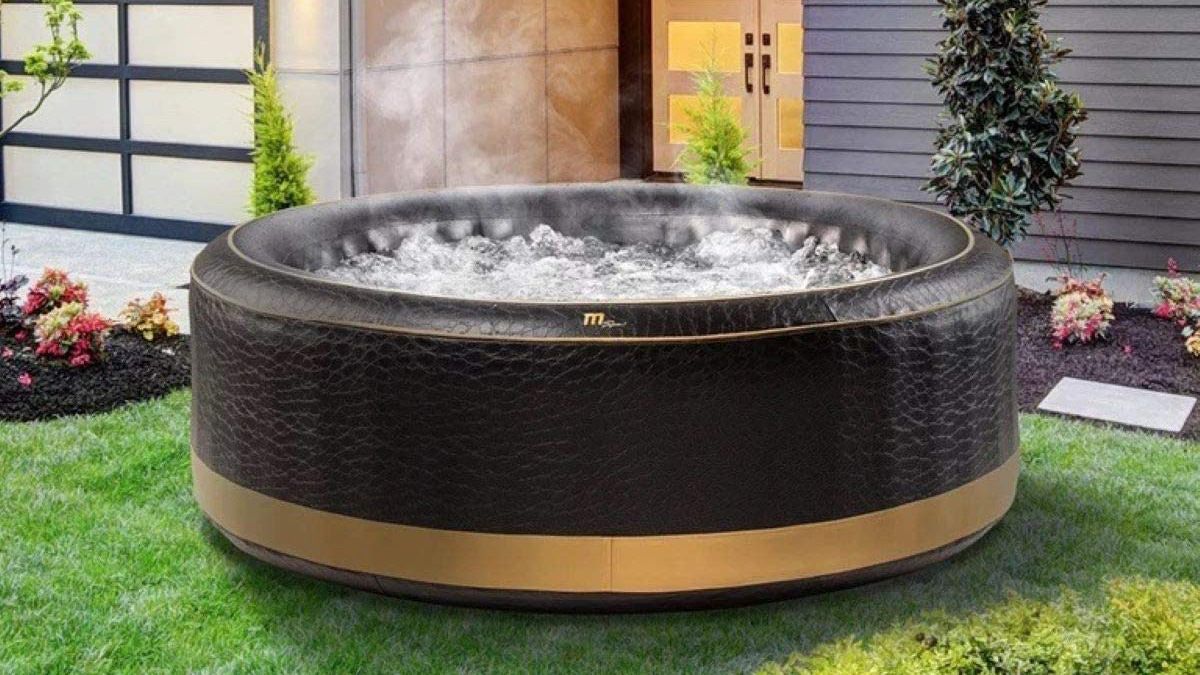
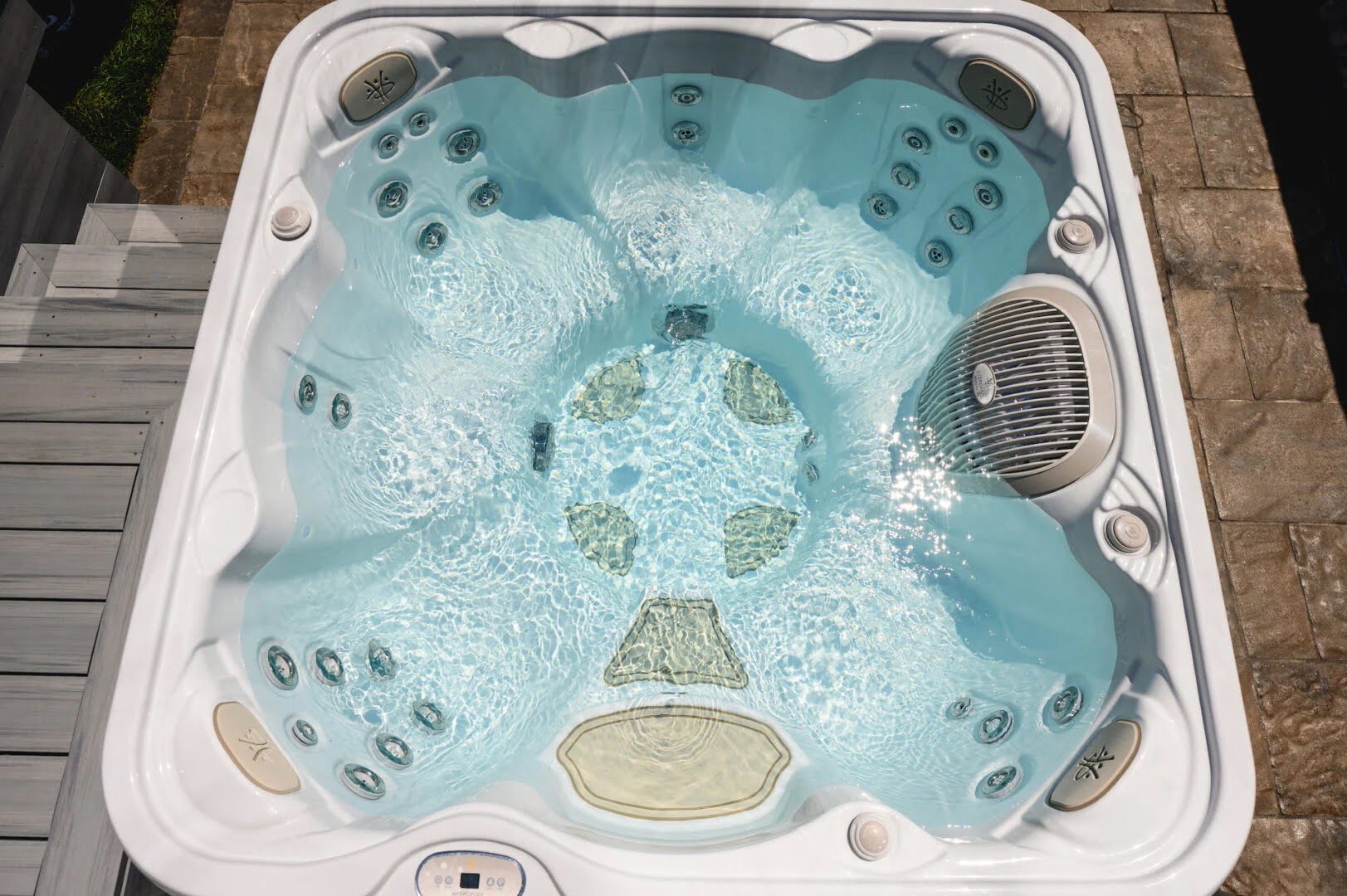
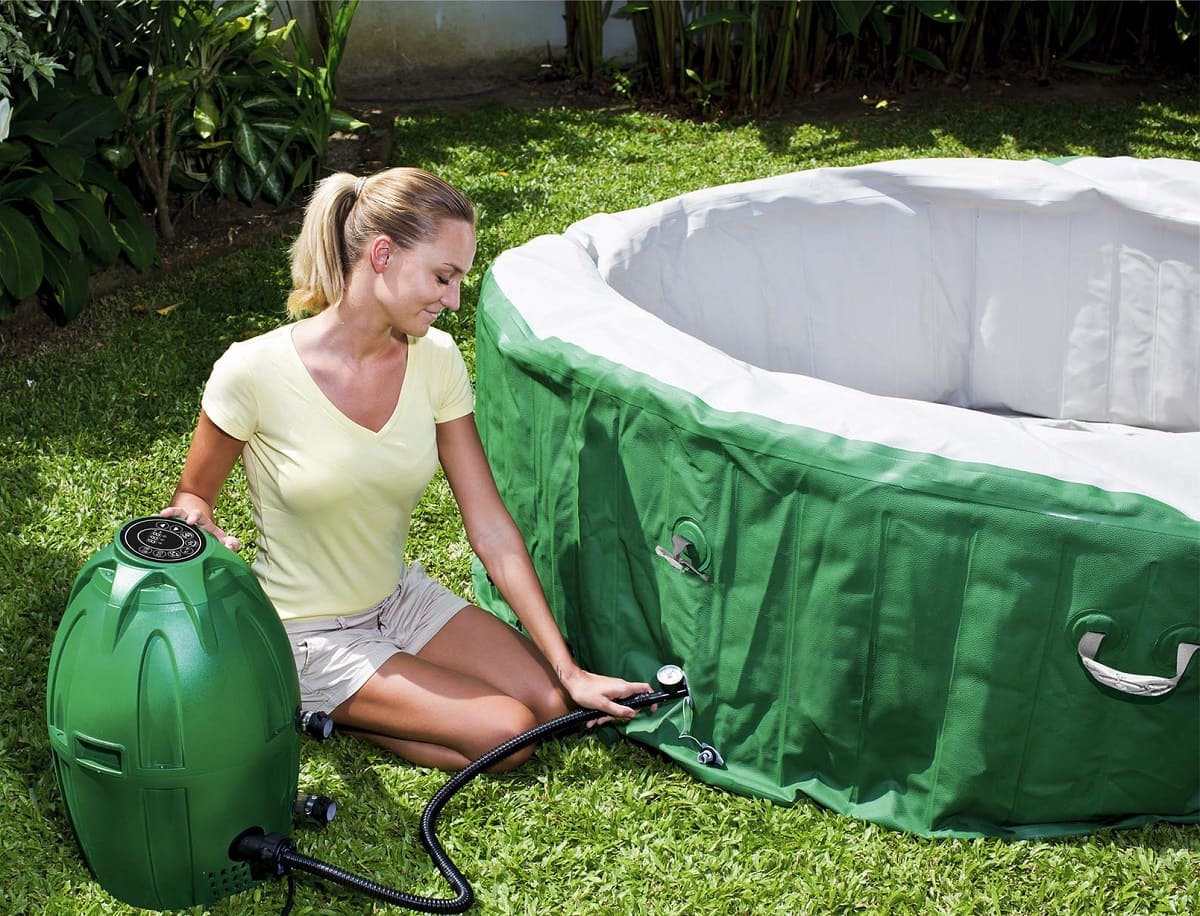
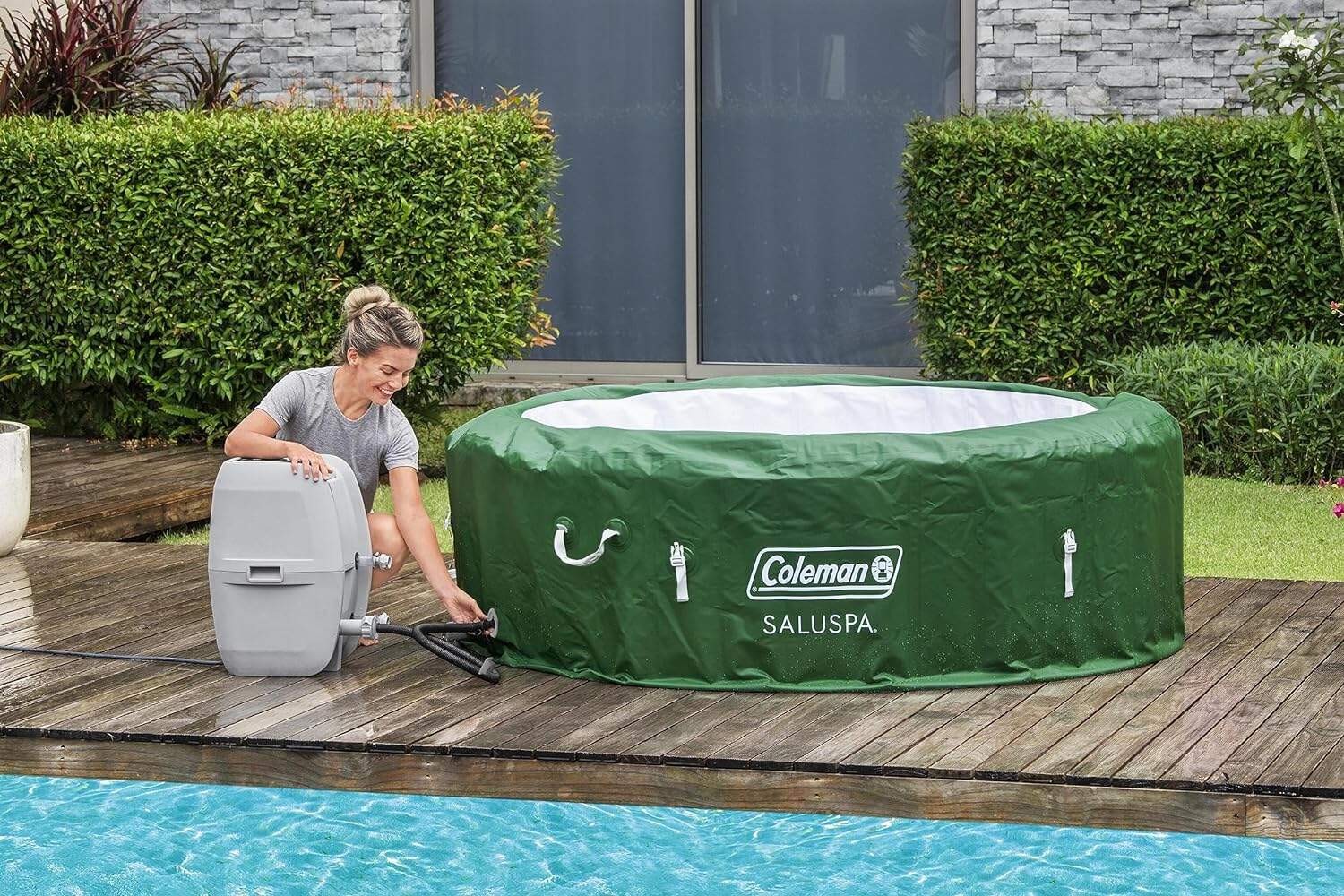
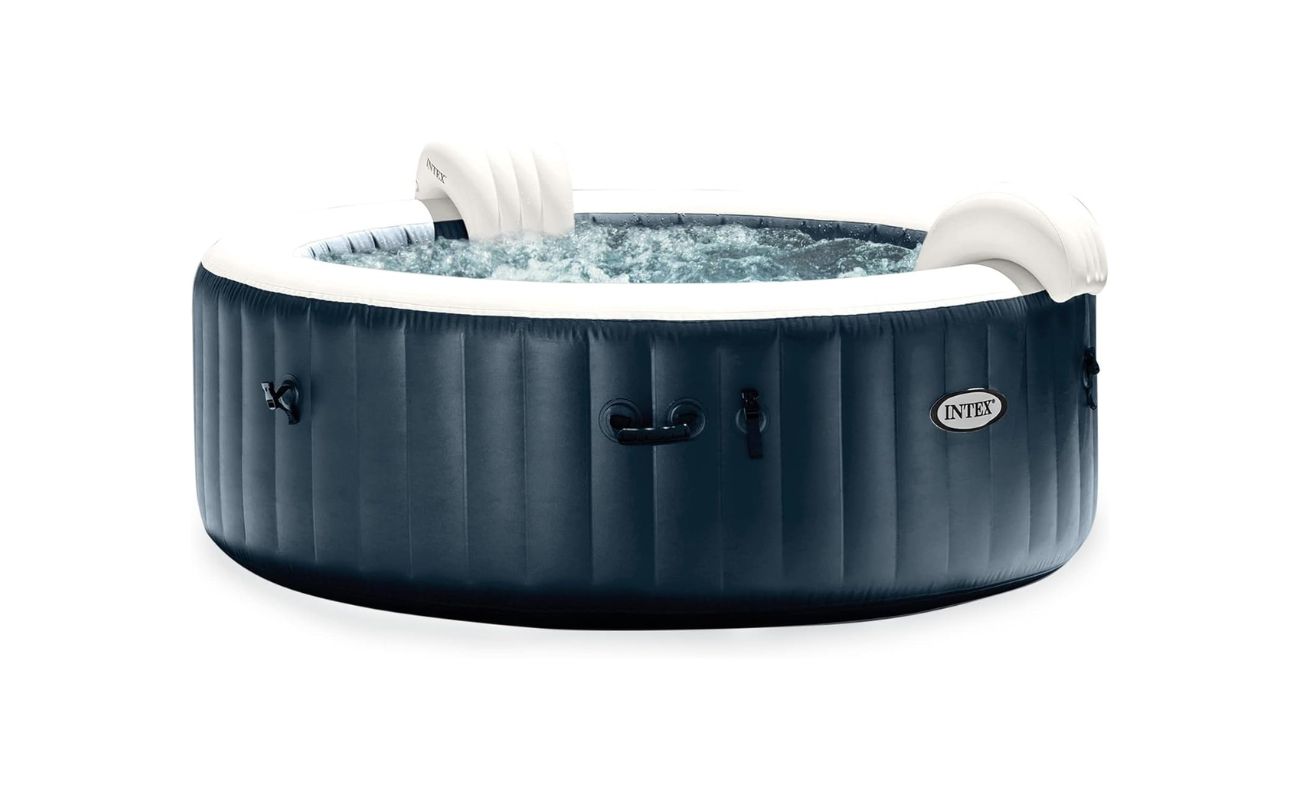
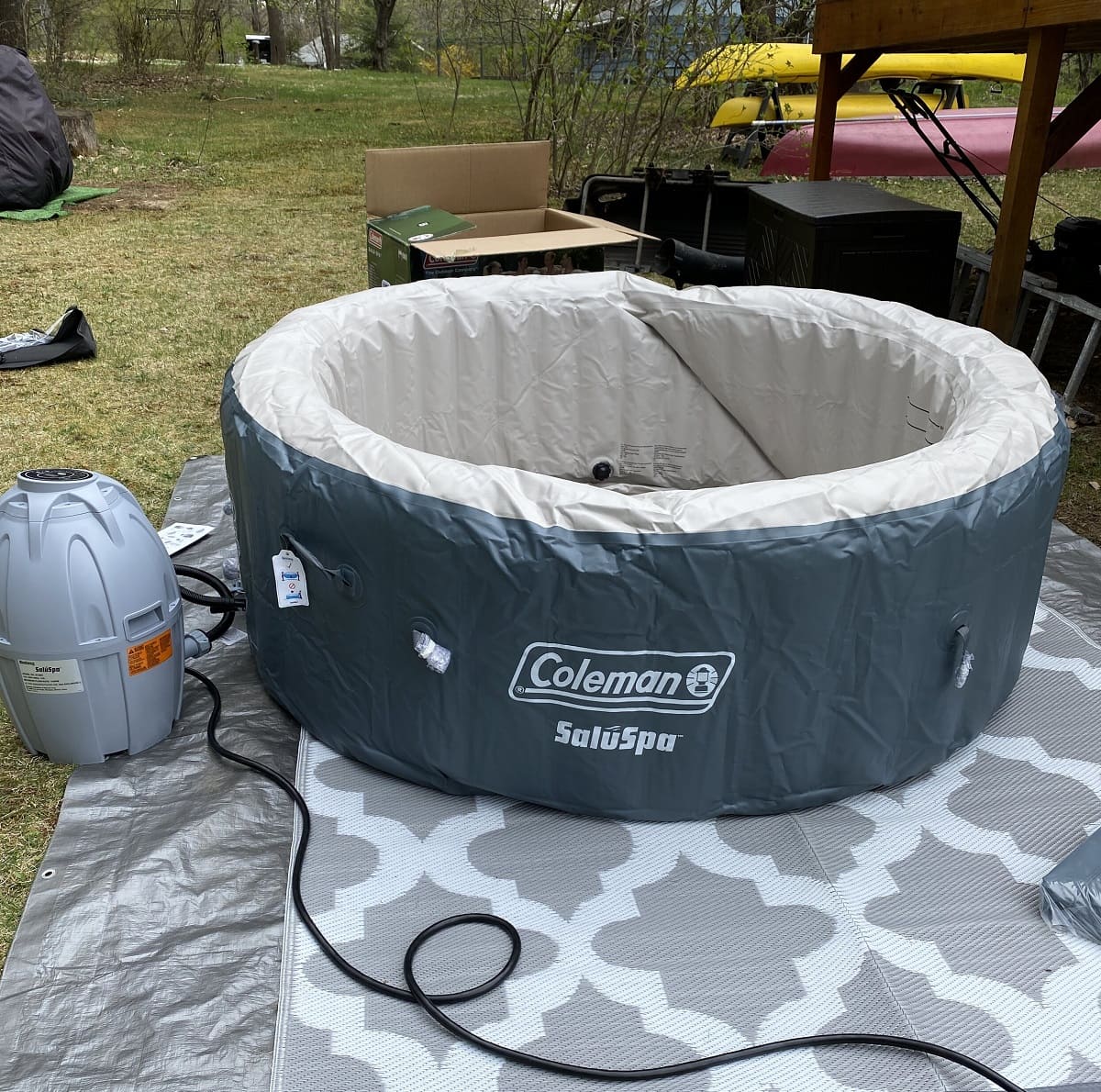
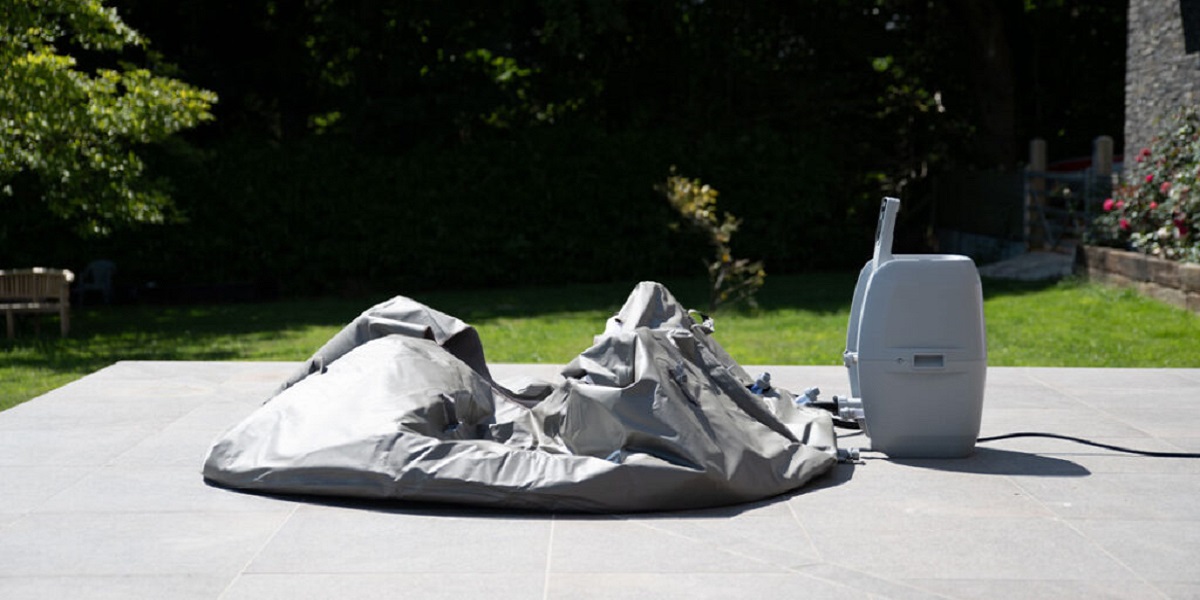
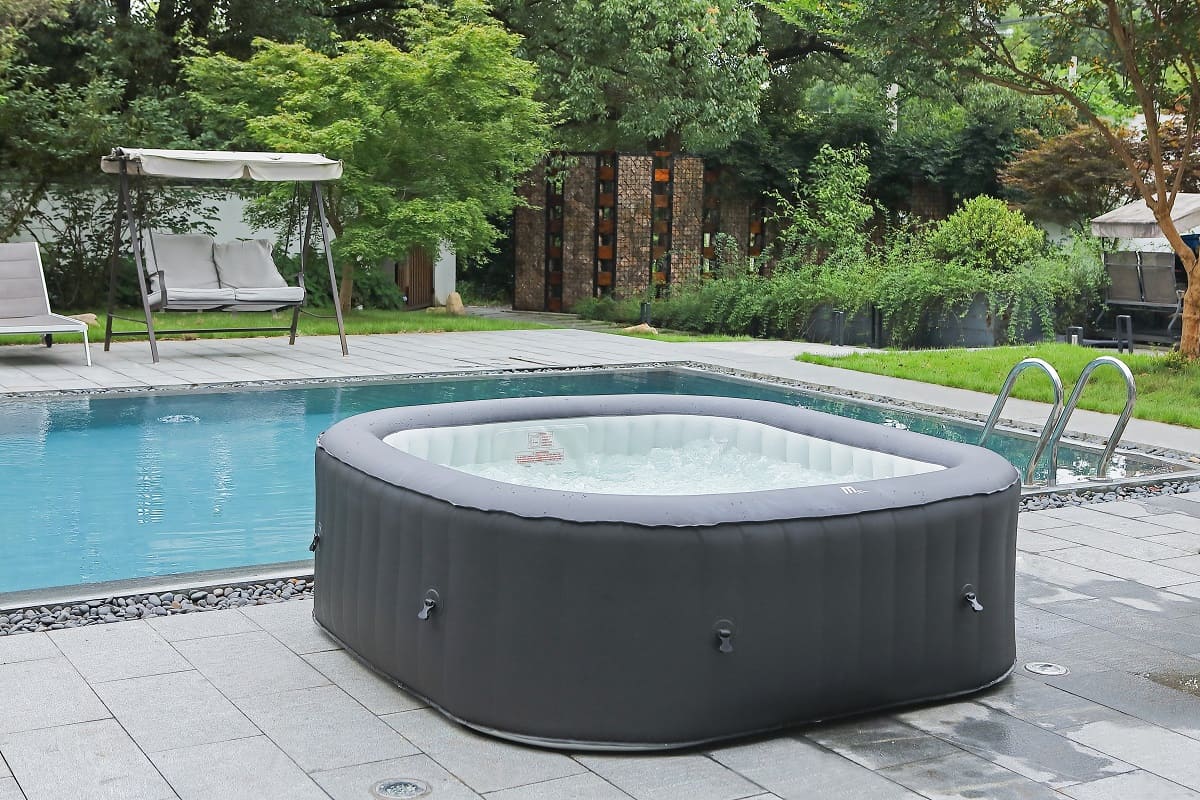

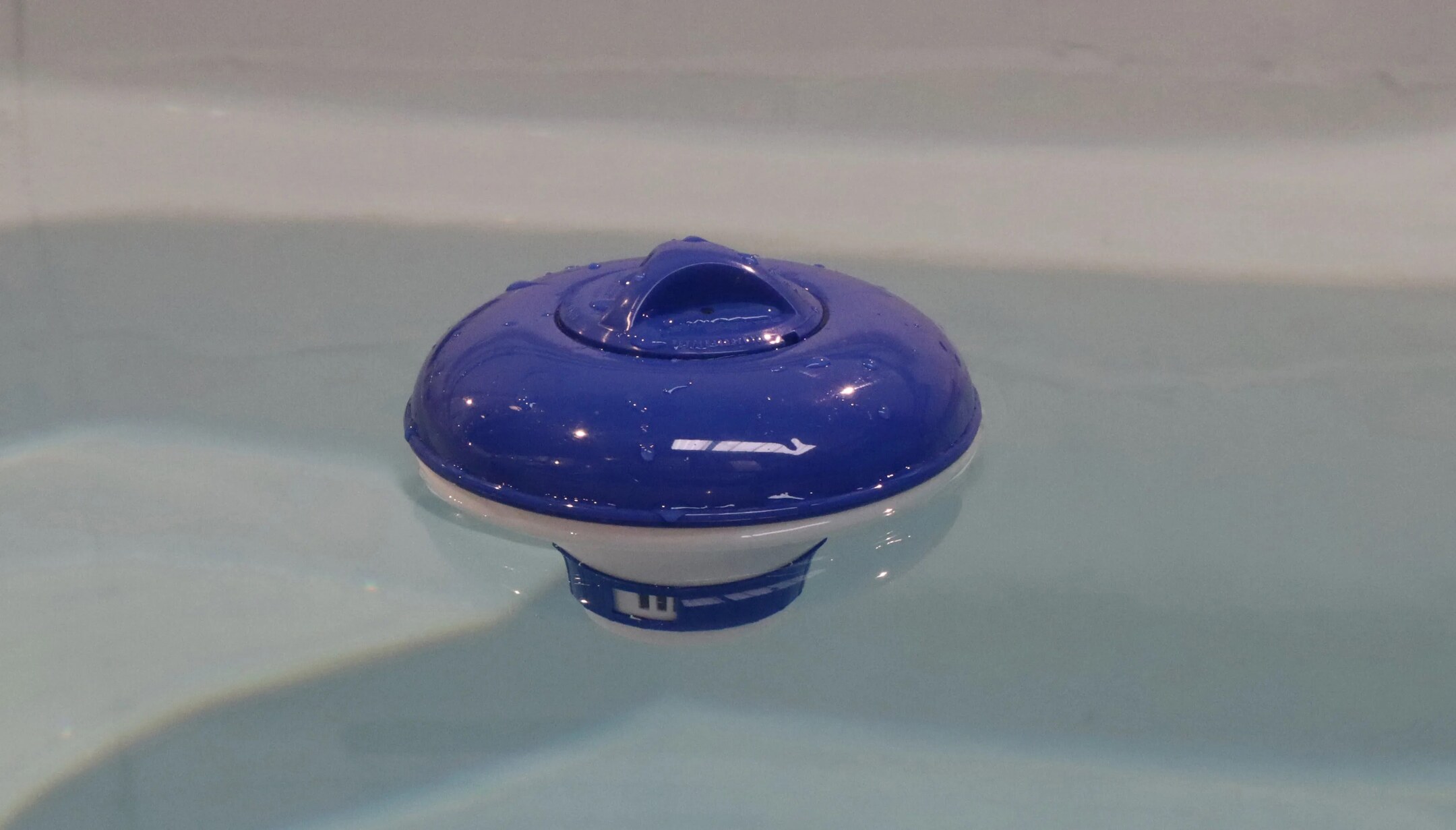
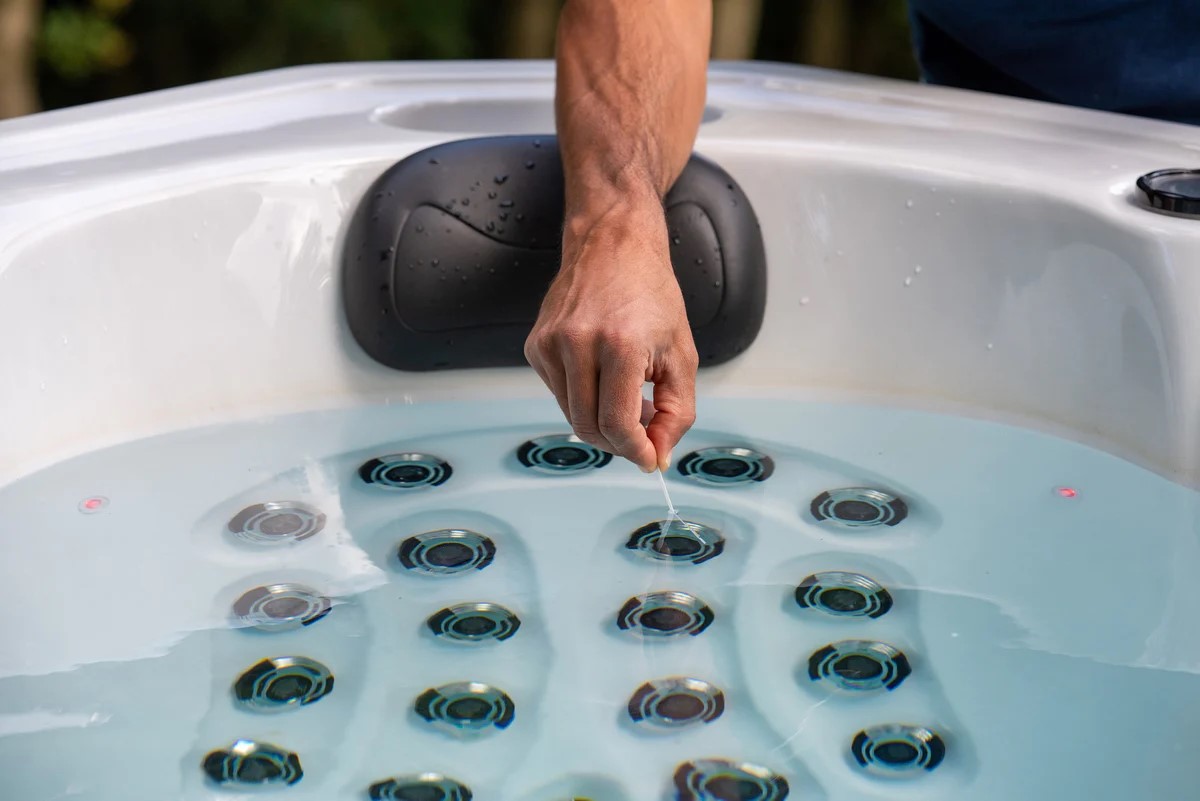
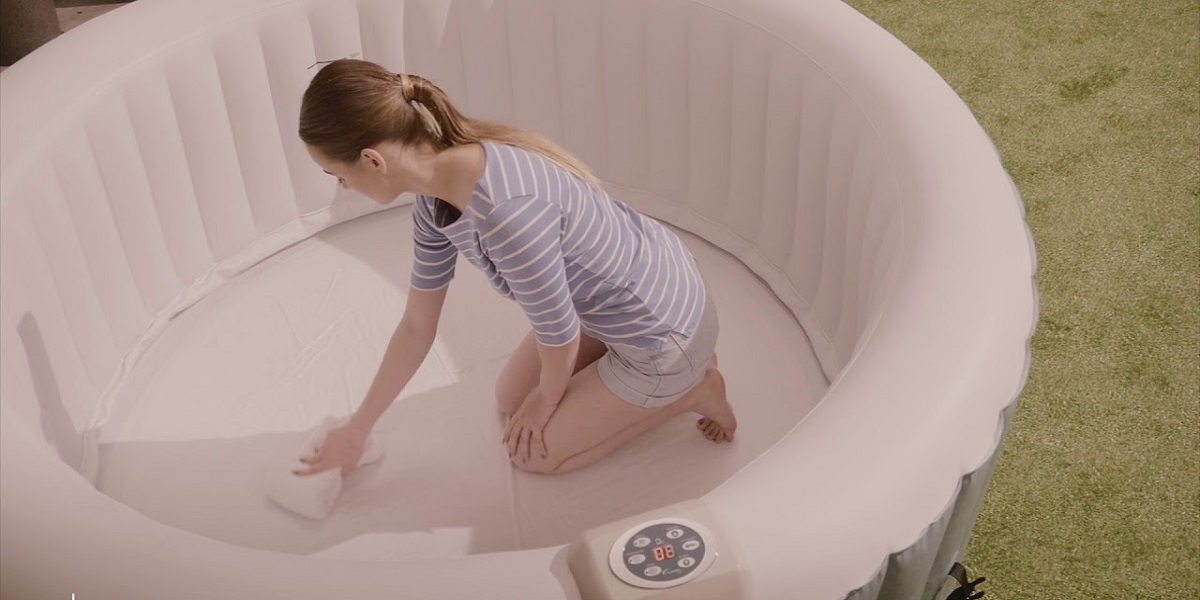
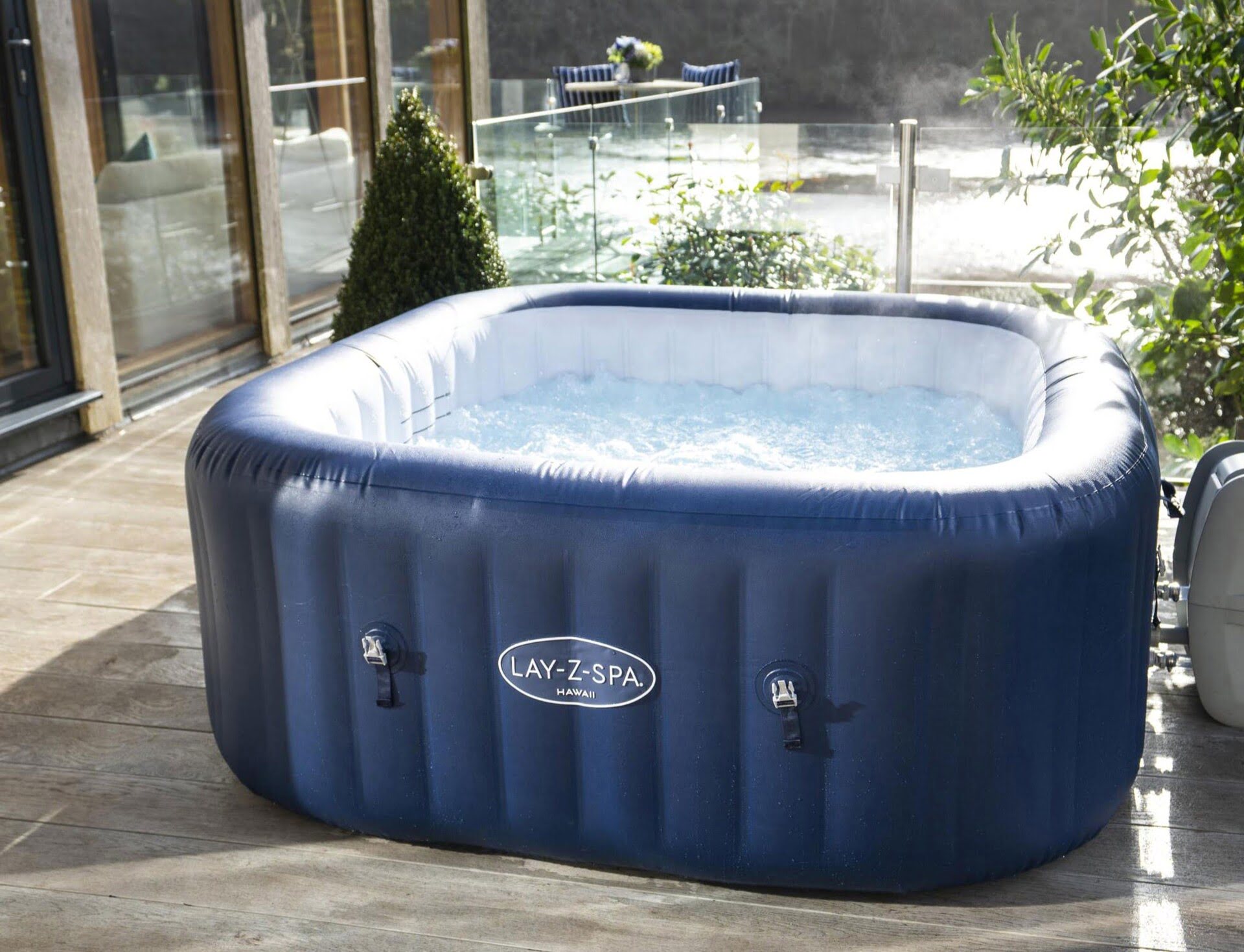
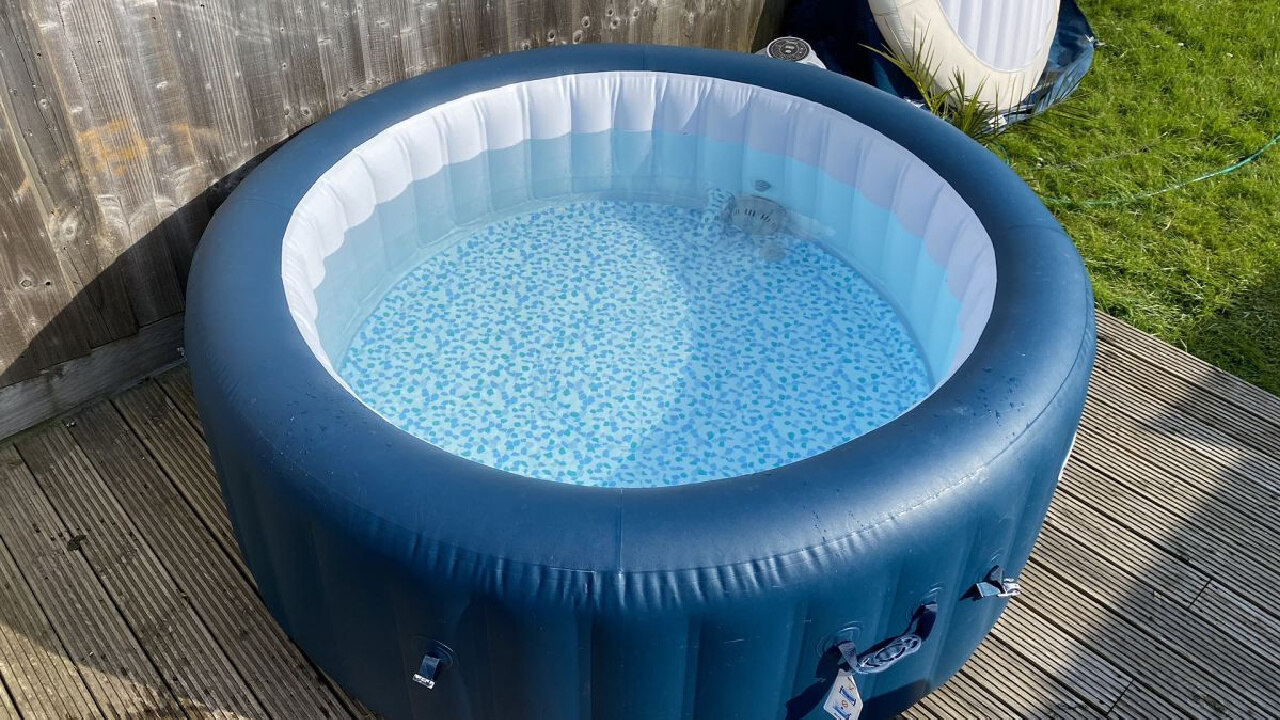

0 thoughts on “What Chemicals Should I Use In My Inflatable Hot Tub”